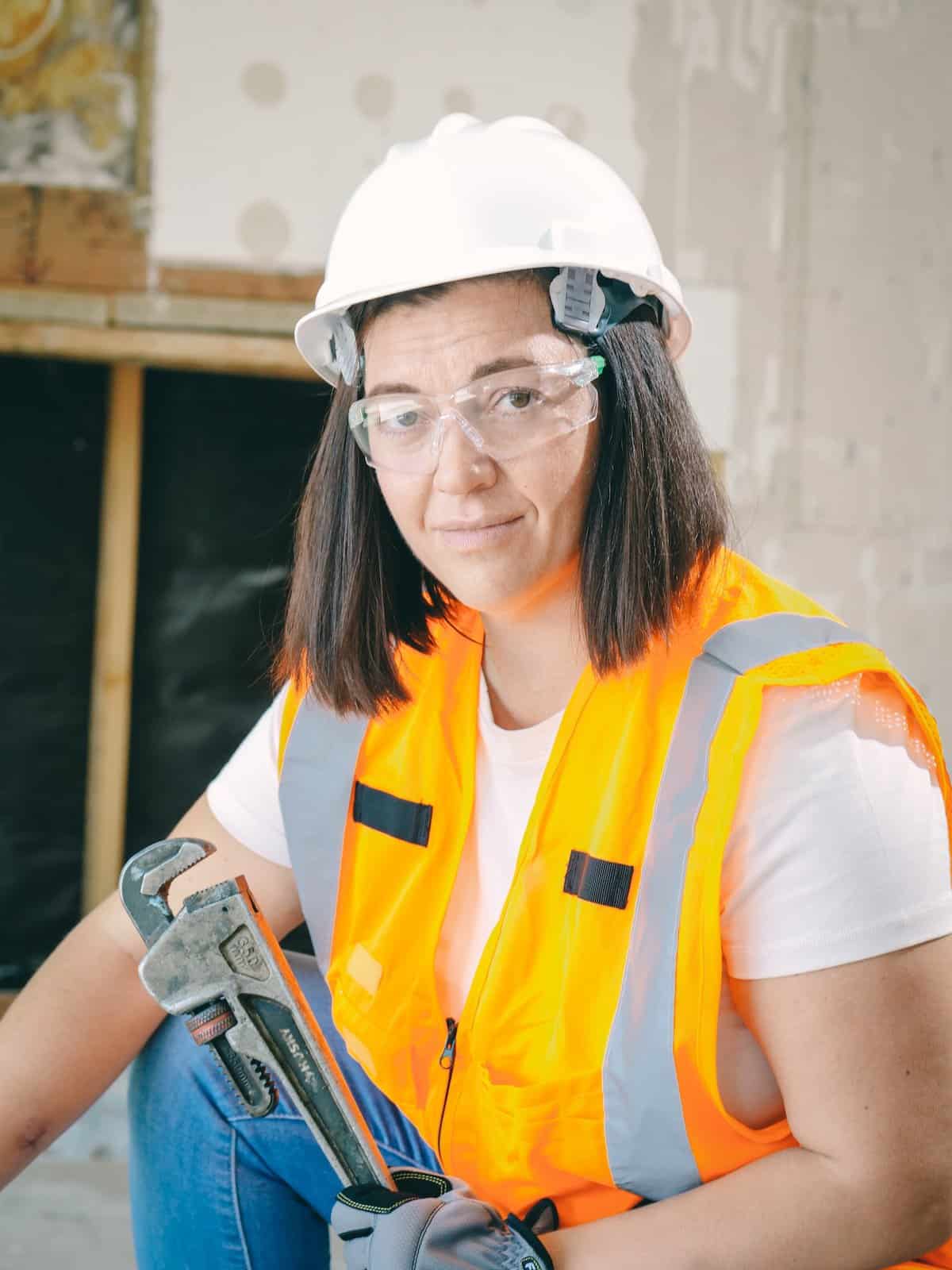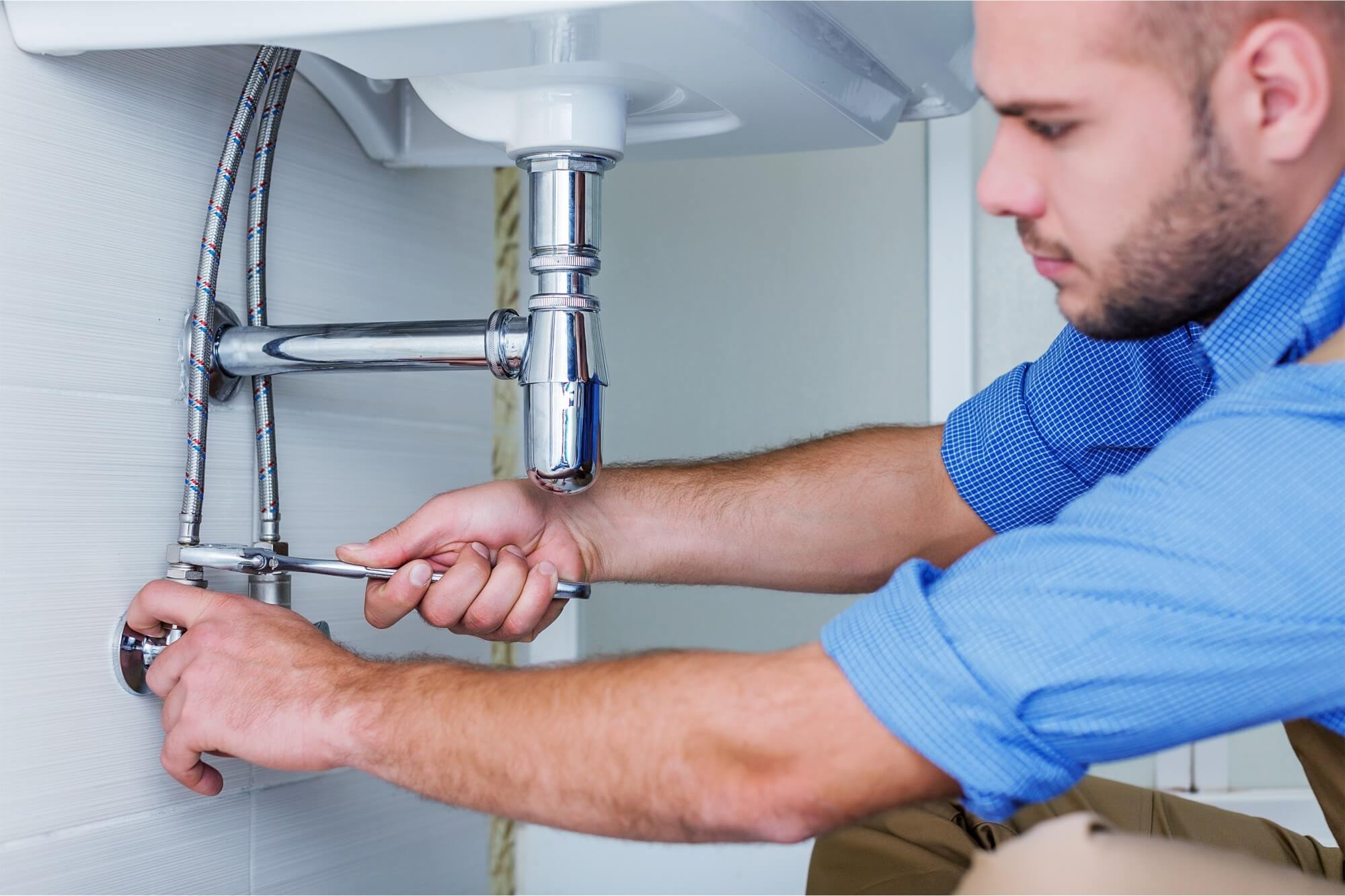Top-Rated Plumber Alabaster AL Ready to Serve You Anytime
Top-Rated Plumber Alabaster AL Ready to Serve You Anytime
Blog Article
A Detailed Guide to Efficient Hot Water Heater Installation for Optimum Performance
Beginning on the task of installing a water heating unit is an endeavor that demands accuracy and a systematic technique for attaining optimal efficiency. The procedure starts with the crucial decision of picking the ideal heating unit customized to the certain needs of your house, thinking about factors such as type, size, and power resource. When picked, preparing the setup area to satisfy security criteria is vital. The journey doesn't finish below. As you continue, the complexities of attaching water lines and setting up trustworthy electric or gas links await, appealing understandings into ensuring effectiveness and integrity.
Choosing the Right Hot Water Heater

Next, think about the dimension and capability of the water heating system. It's important to analyze your house's warm water needs, which can vary based on the number of passengers and their usage patterns. An unit that's too small may result in insufficient warm water, while an extra-large model might cause unnecessary energy consumption.
Performance scores likewise play an essential function in selection. Seek water heating units with high Energy Element (EF) ratings, suggesting premium performance and decreased energy usage. Tankless versions, though typically much more expensive in advance, offer significant power savings in time due to their on-demand heating capacities.
Preparing the Setup Area
Before setting up a new water heating unit, precise prep work of the setup area is crucial. It's vital to determine the area thoroughly to fit the water heater's measurements, ensuring sufficient clearance around the unit for reliable procedure and maintenance.
Check the floor for stability, as the water heating system will certainly need a solid, degree surface to operate properly. If essential, install a drip frying pan beneath the system to capture possible leaks or spills, protecting against water damages to the surrounding location.
In addition, make sure that all necessary devices and products get on hand before starting the installment. This consists of products such as wrenches, screwdrivers, a degree, and any type of additional equipment required for placing and safeguarding the heating unit. A well-prepared installment area sets the structure for an effective hot water heater configuration, enhancing efficiency and safety and security.
Connecting Water System Lines
When attaching water supply lines to your newly mounted hot water heater, it is essential to guarantee that all connections are secure and leak-free to keep efficient procedure and stop water damage. Begin by determining the cool and warm water supply lines. The chilly water inlet is typically marked with a blue label or a "C", while the warm water electrical outlet is noted with a red label or an "H".
Use adaptable water heating system adapters to facilitate an easier setup procedure. Before affixing the ports, put a plumbing professional's tape around the threaded ends of the water heating unit's inlet and outlet pipelines.
As soon as connections are in area, slowly turn on the major supply of water valve. Examine each link for leakages by aesthetically really feeling and examining for wetness. Tighten up connections as needed, and ensure the pressure alleviation valve is correctly installed, protecting against excessive stress accumulation.
Establishing Electric or Gas Connections
Effectively establishing up the electric or gas links for your hot water heater is a crucial action to guarantee risk-free and effective operation. For electrical water heating systems, begin by verifying that the electric circuit works with the heater's voltage and amperage demands. Make sure the power supply is transformed off at the breaker to avoid accidents. Link the electrical cords to the heating unit following the supplier's circuitry layout. Usually, this involves linking the ground wire to the eco-friendly terminal, and the continuing to be cables to their corresponding terminals, securing each with wire nuts.
For gas hot water heater, security is vital. Verify that the gas supply is off before proceeding. Connect the gas line to the water heater utilizing an adaptable gas adapter, ensuring it is effectively threaded and sealed with pipe joint substance or Teflon tape ideal for gas connections. Tighten the links with a wrench, taking care not to over-tighten (Plumbing Alabaster AL).
When links are made, evaluate for any potential leaks. For gas lines, use a soapy water remedy to the joints; bubbles suggest a these details leak. For electrical links, confirm that all circuitry is safe and effectively protected, maintaining conformity with local electrical codes.
Adjusting and checking for Effectiveness
With the electric and gas links securely in location, the following action is reviewing the operational performance of your water heating unit. Begin by thoroughly turning on the water supply and making certain there are no leakages at any of the valves or joints.
Next, carry out a thorough assessment to guarantee the burner or gas heaters are operating appropriately. For electric heating units, use a multimeter to confirm if the aspects are drawing the proper current. In gas designs, observe the heater fire; it needs to be consistent and blue, showing reliable burning.
Adjust the settings as necessary to eliminate inefficiencies. Take into consideration executing insulation actions, such as including a water heating system blanket, to better boost efficiency by reducing warm loss. In addition, examine the anode pole's condition, as a shabby rod can decrease effectiveness and bring about tank corrosion.
Conclusion
Reliable hot water heater installation is critical for making sure optimum efficiency and energy financial more information savings. By selecting the proper type and dimension, and carefully preparing the setup area, a structure for success is developed. Securely connecting supply of water lines and thoroughly establishing up electric or gas connections minimize possible issues. Extensive testing for leakages and specific thermostat adjustments to 120 ° F boost reliability and performance. Following these actions advertises lasting capability and energy conservation in residential water heater.

Correctly establishing up the electric or gas links for your water heating system is a crucial step read this post here to ensure safe and efficient operation. For electric water heaters, start by validating that the electric circuit is suitable with the heating unit's voltage and amperage demands. Link the gas line to the water heating unit using a flexible gas connector, guaranteeing it is effectively threaded and secured with pipeline joint compound or Teflon tape suitable for gas connections.
Report this page